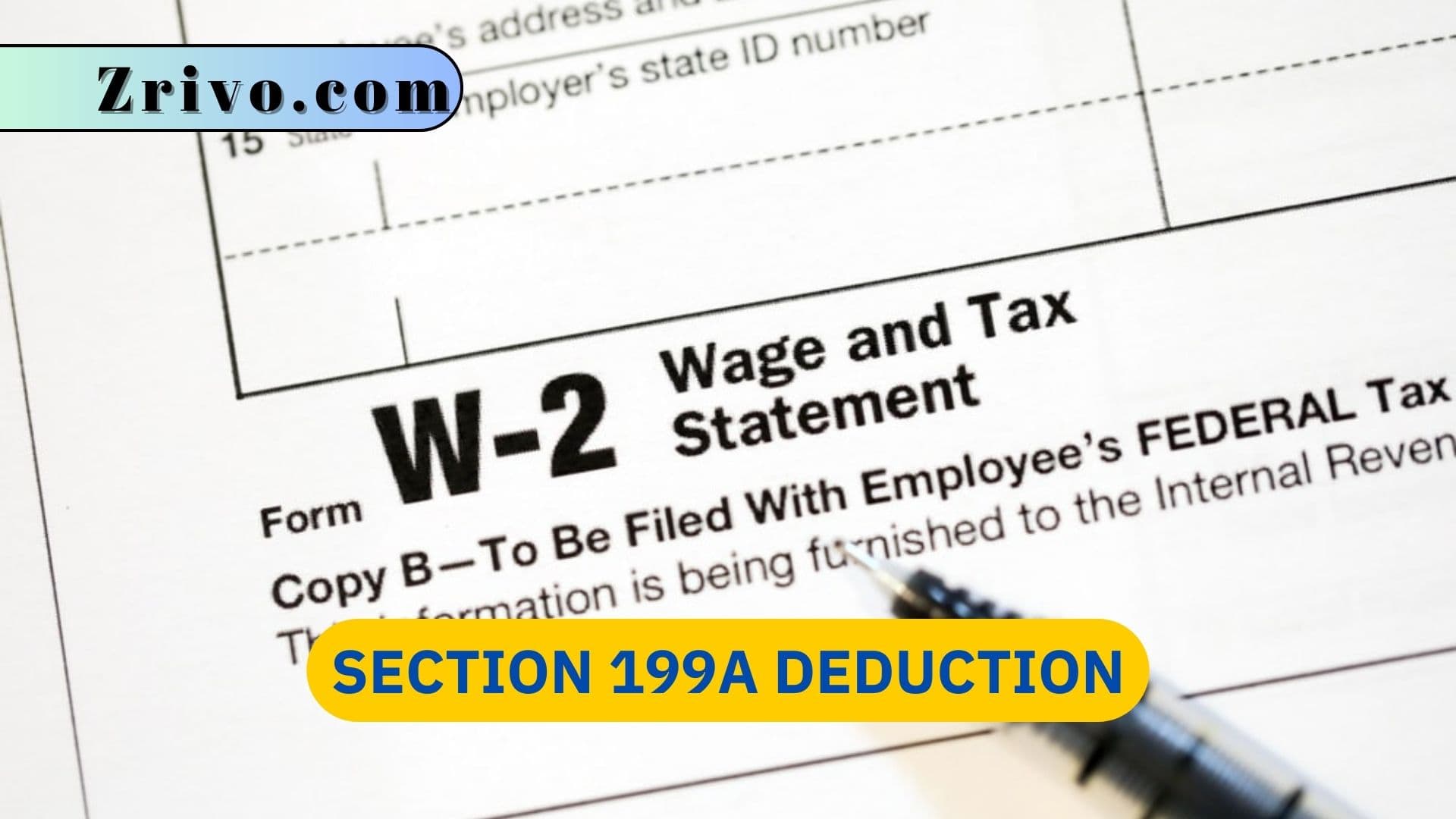
The Section 199A deduction is a new tax break that allows individuals, estates, and trusts that own pass-through businesses (sole proprietorships, S corporations, and partnerships) to deduct up to 20% of their qualified business income (QBI) plus 20% of their qualified real estate investment trust (REIT) dividends and qualified publicly traded partnership (PTP) income. The IRS introduced this deduction in 2017, and will remain in effect through 2025. Eligibility depends on meeting several stipulations, including a taxable income limitation threshold of $182,100 for single taxpayers and $364,200 for joint filers (2024).
How to Qualify for Section 199A Deduction?
Qualified business income includes the net profit of a pass-through business, but it does not include capital gains and losses. This is because capital gains and losses are taxed separately from QBI. Additionally, the deduction does not apply to income from a C corporation or wages earned as an employee. This is because income from a C corporation or wages earned by an employee are not considered QBI. Finally, the deduction does not apply to certain types of income, such as passive activity losses and excess business interest income. These limitations are intended to prevent individuals from claiming the Section 199A deduction on income that would otherwise be taxed at a higher rate.
Despite these limitations, small business owners have widely embraced the new law. However, it’s also important to note that Section 199A is complex and requires significant new assessments and calculations. It’s also rife with limitations, exceptions, phase-ins and phaseouts, and critical but poorly defined terms of art. As a result, many tax advisers anticipate that until additional guidance is issued, this provision will generate plenty of controversy and countless disputes between taxpayers and the IRS.

Determination of W-2 Wages for Section 199A Purposes
One of the most difficult aspects of implementing Sec. 199A involves the W-2 wage limitation, which excludes reasonable compensation and guaranteed payments paid to owners from qualifying business income. This can be especially problematic for owners of certain specified service trades or businesses, such as lawyers, accountants, and architects, who must rely on income from their services to meet the taxable-income threshold.
But it can also affect businesses that do not employ their owners as employees, such as real estate investment trusts and publicly traded partnerships, which typically pay a management fee to a separate entity for managing the property. The management fees may be qualified as partnership income, but they cannot qualify as W-2 wages. Consequently, the management fee must be allocated to each partner in the partnership to determine that partner’s share of the qualified business income. This creates inequities between partners with the same W-2 wages, even if their share of the qualified business income is identical.
A simple solution to this issue is for disqualified service businesses to spin off their non-qualifying activities into separate entities. For example, a group of doctors may establish a new entity that only operates their medical services, stripping earnings from the disqualified activity into the newly created entity to enable them to claim deductions at the higher QBI threshold. However, this strategy raises complex questions about what constitutes a disqualified activity and how the income of each separate entity should be reported on a taxpayer’s return.